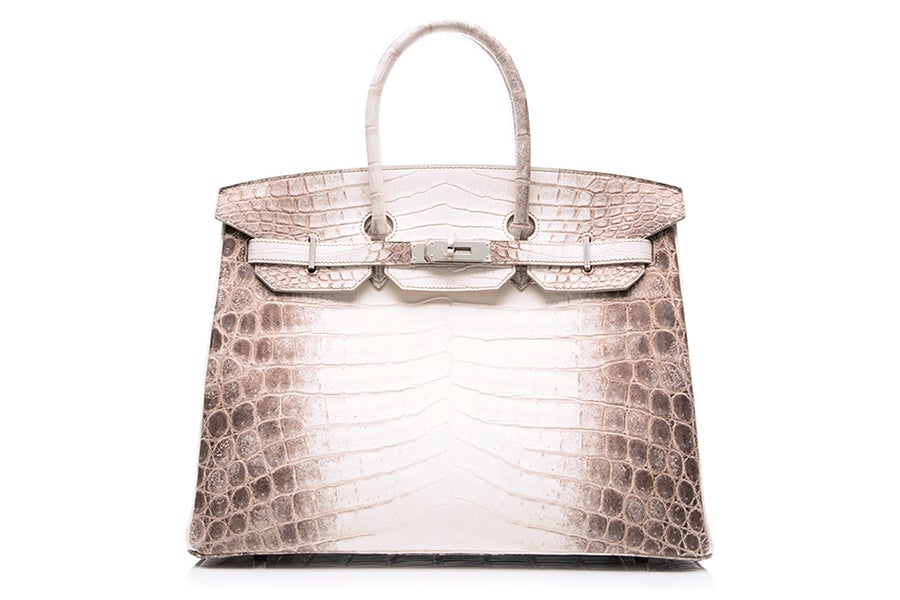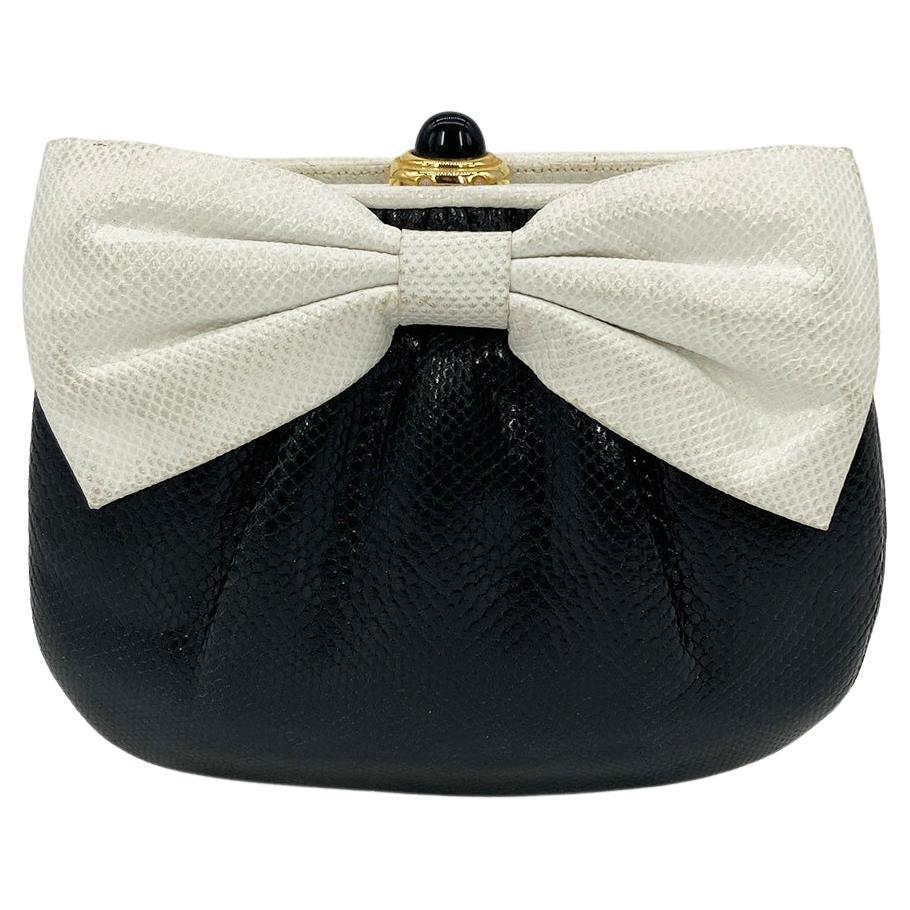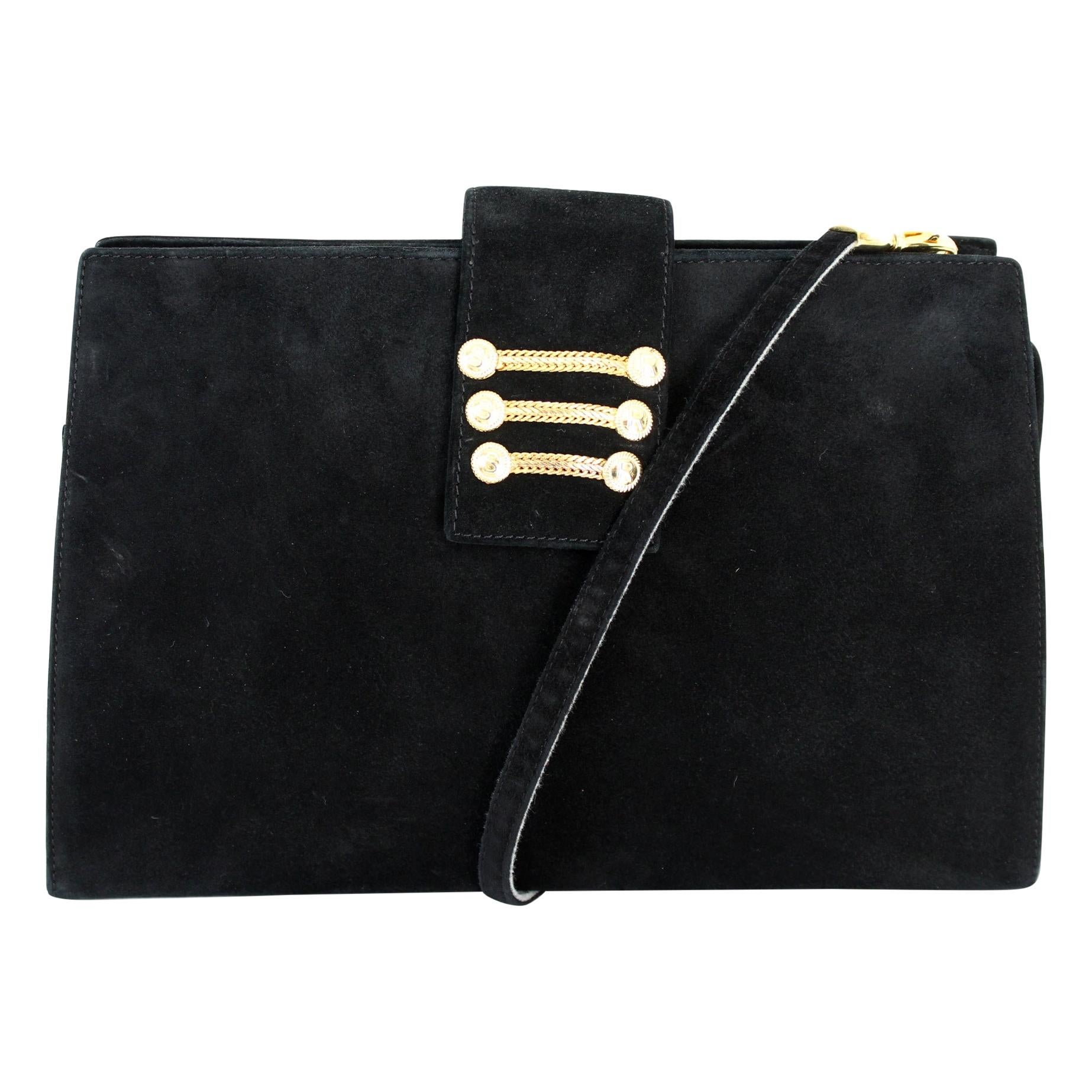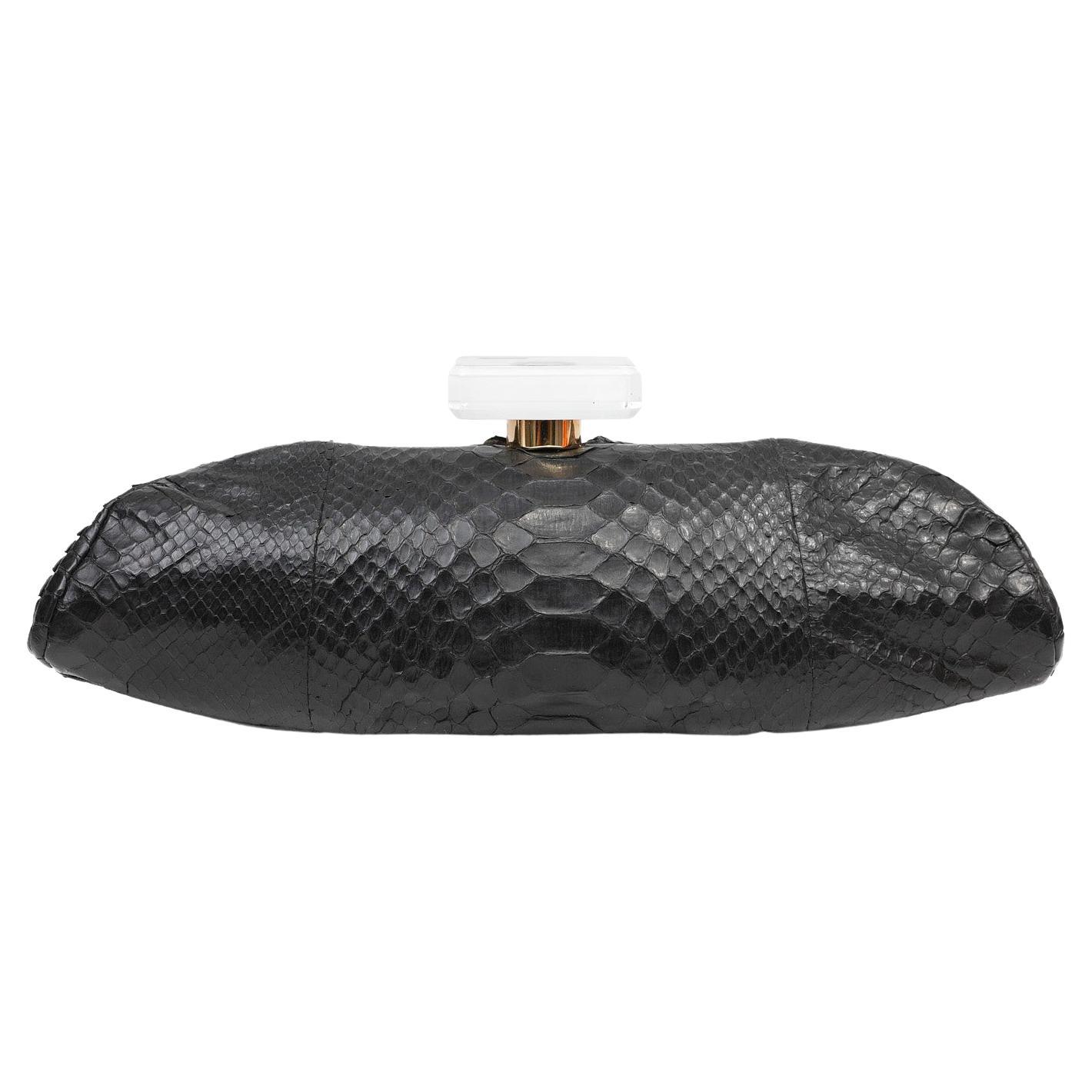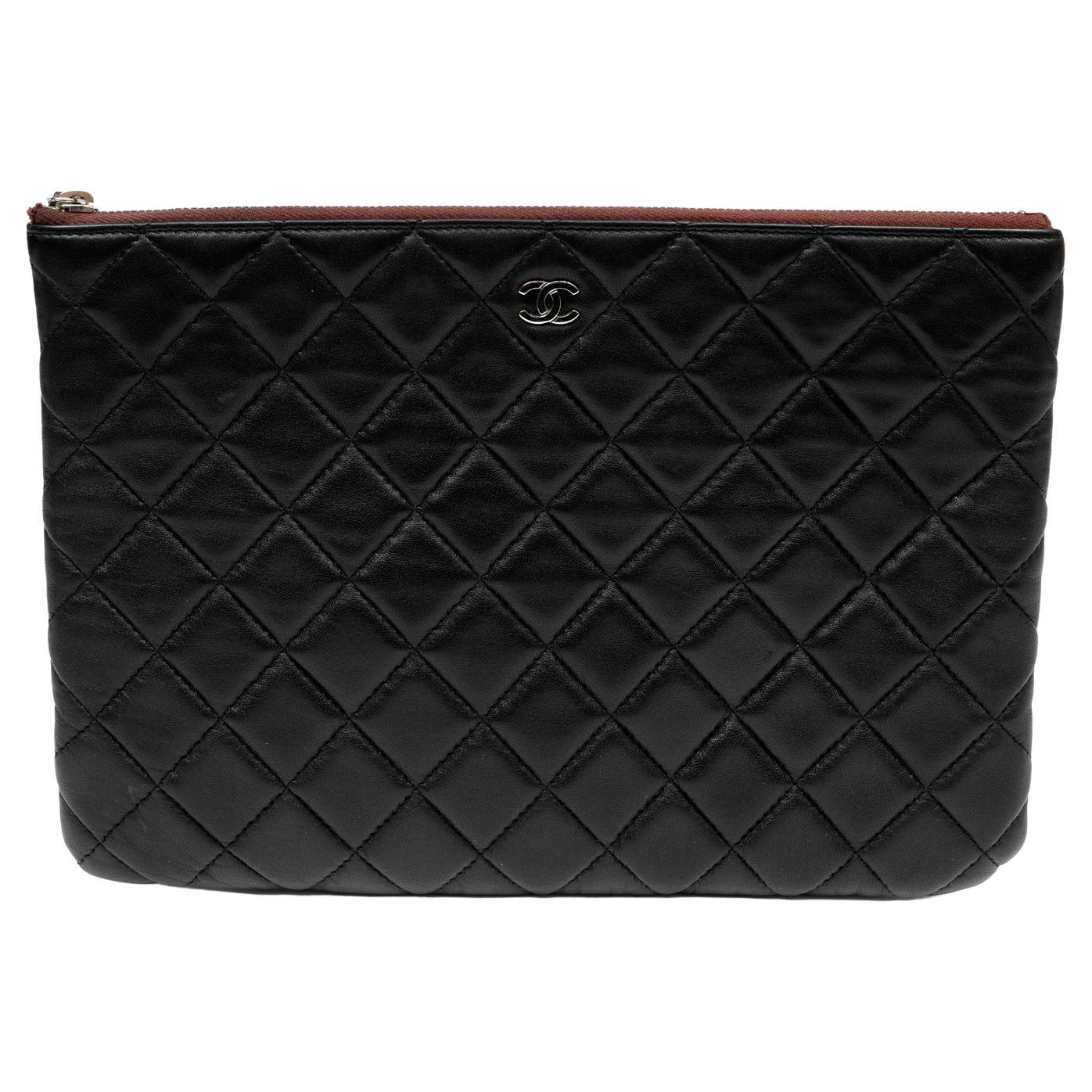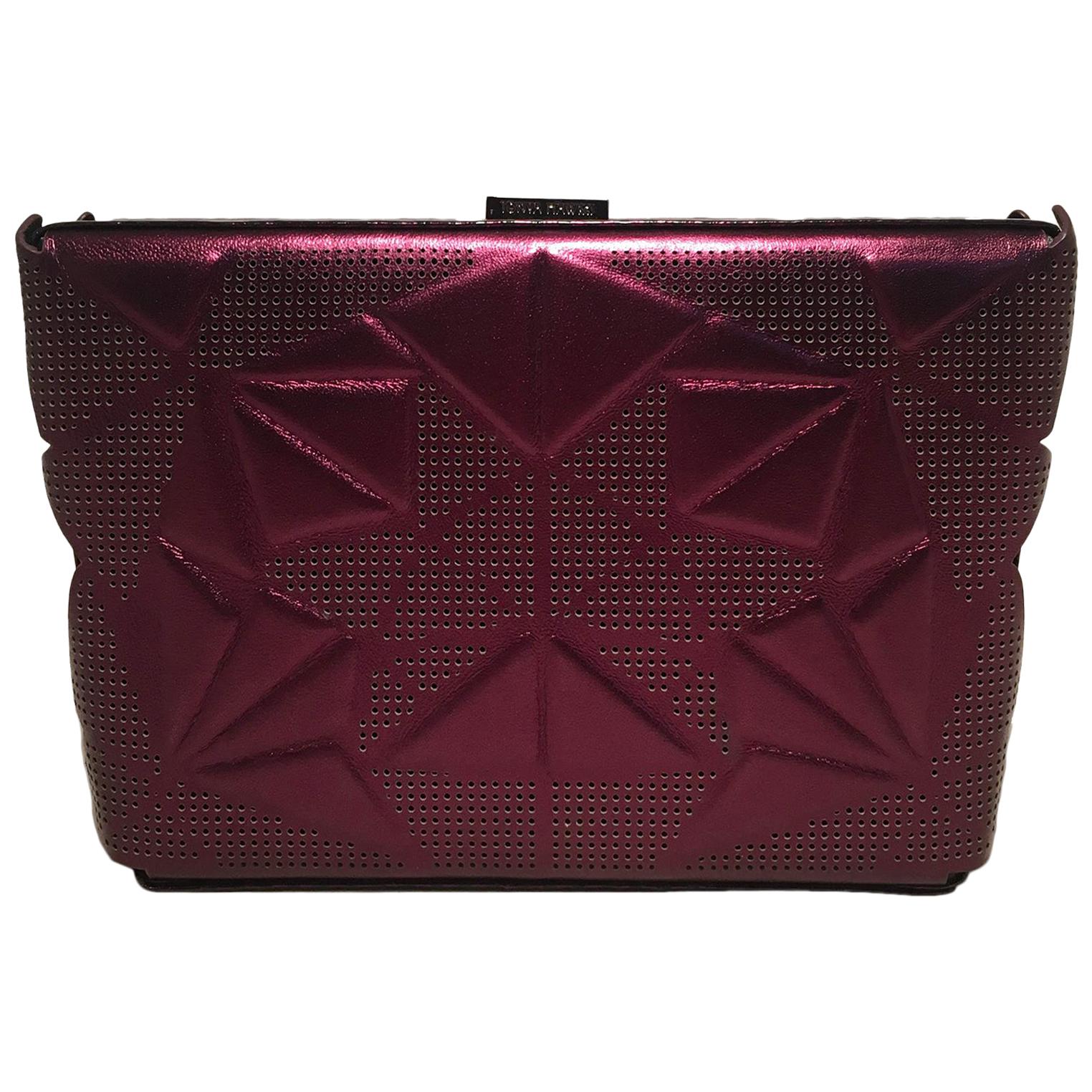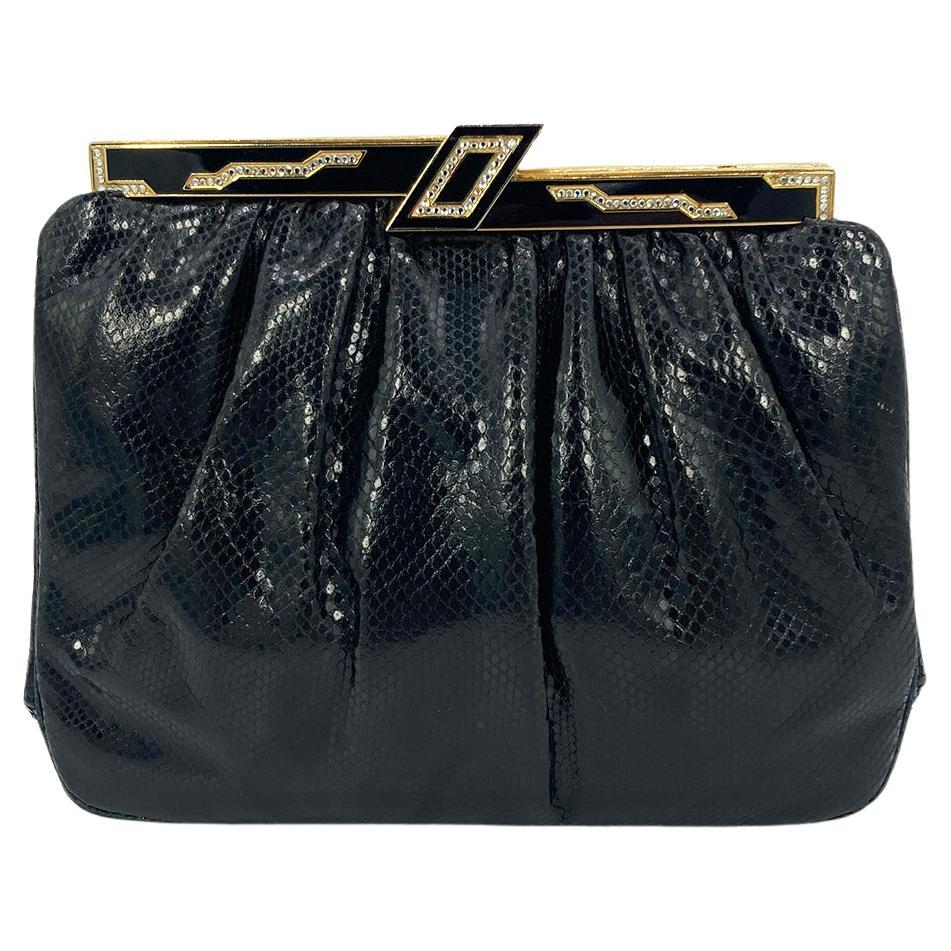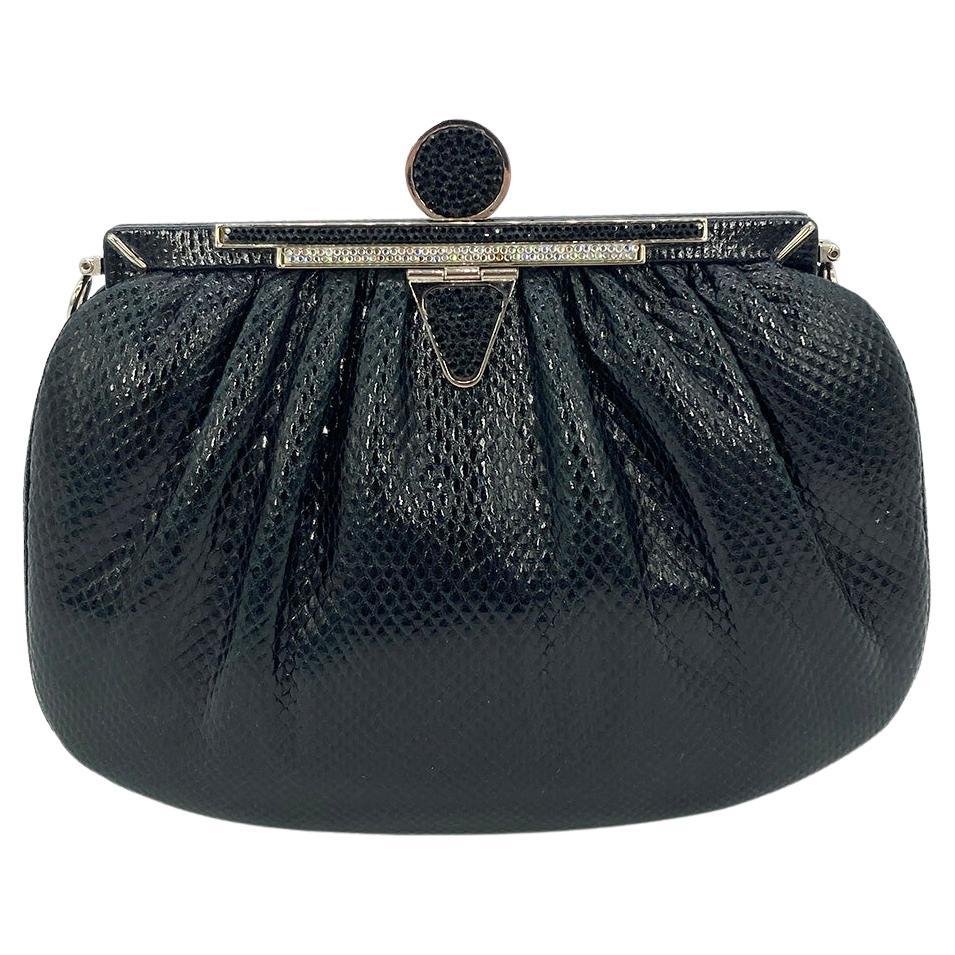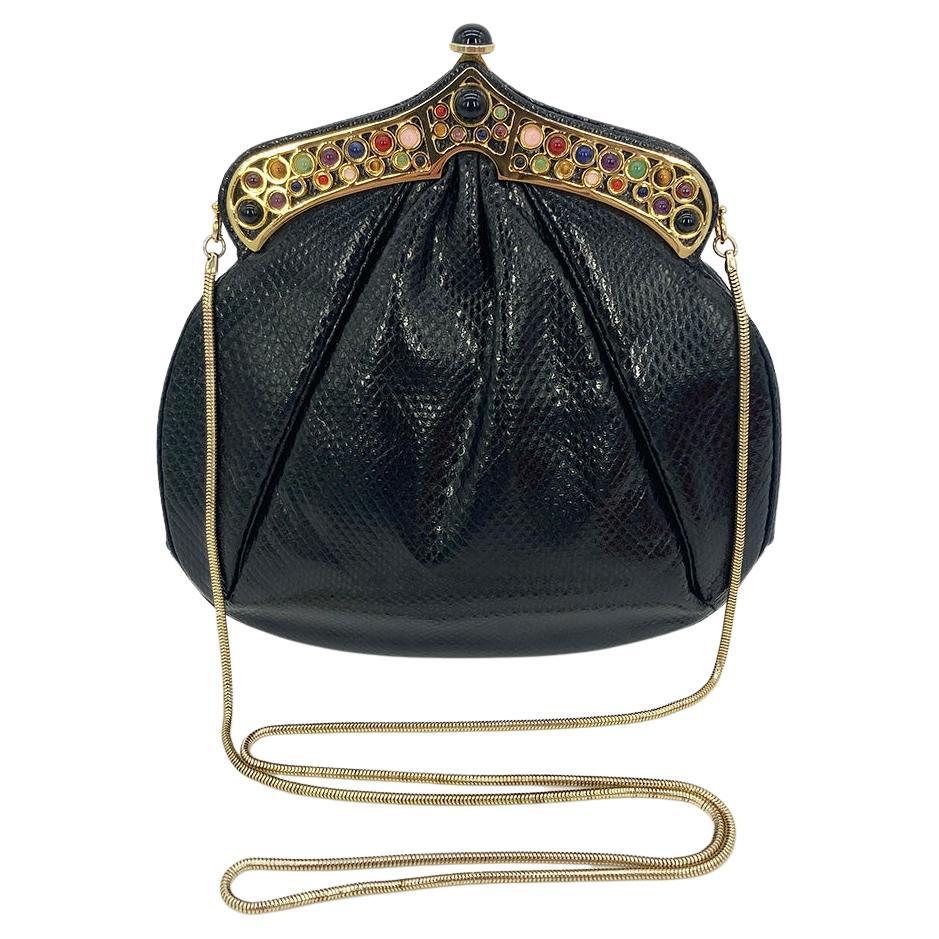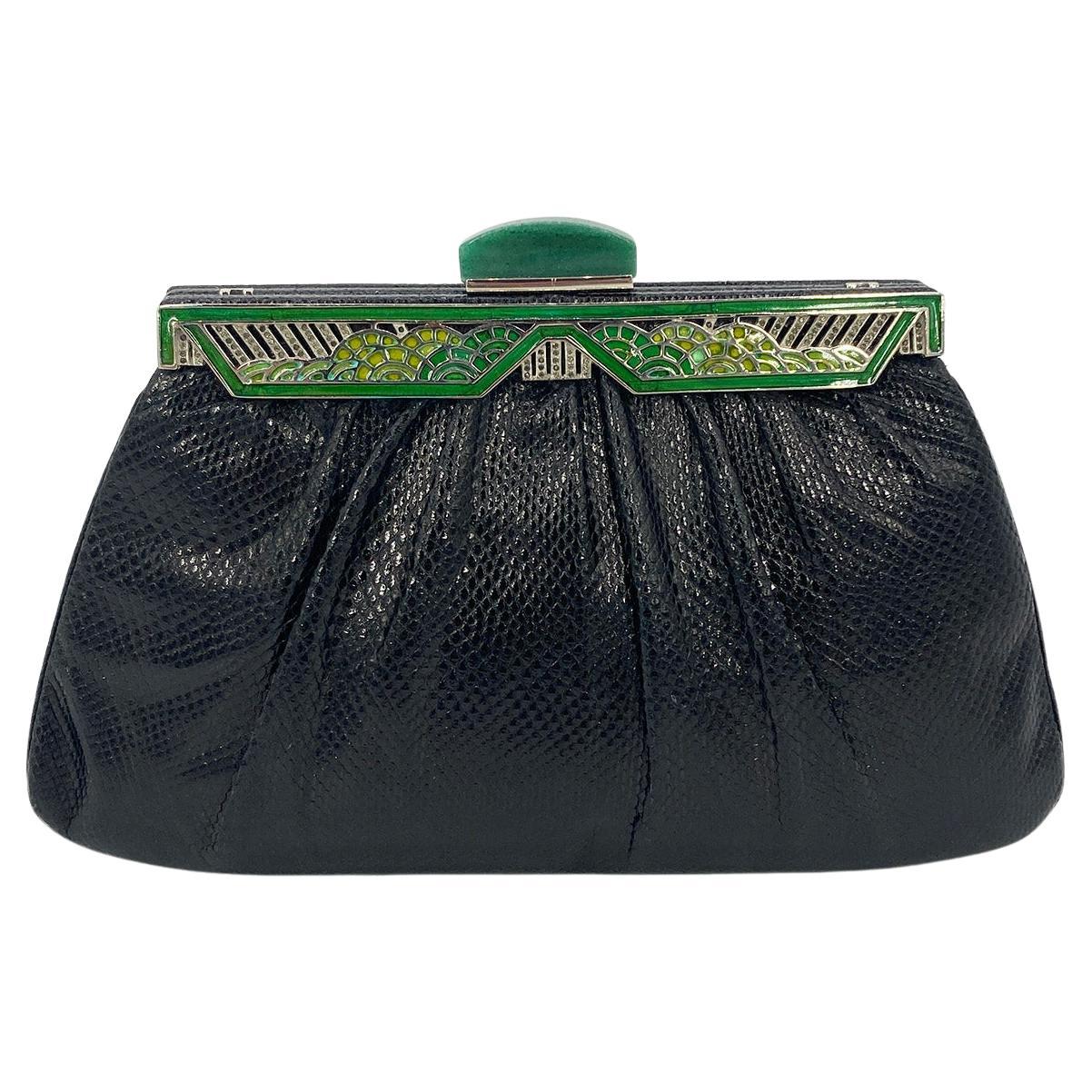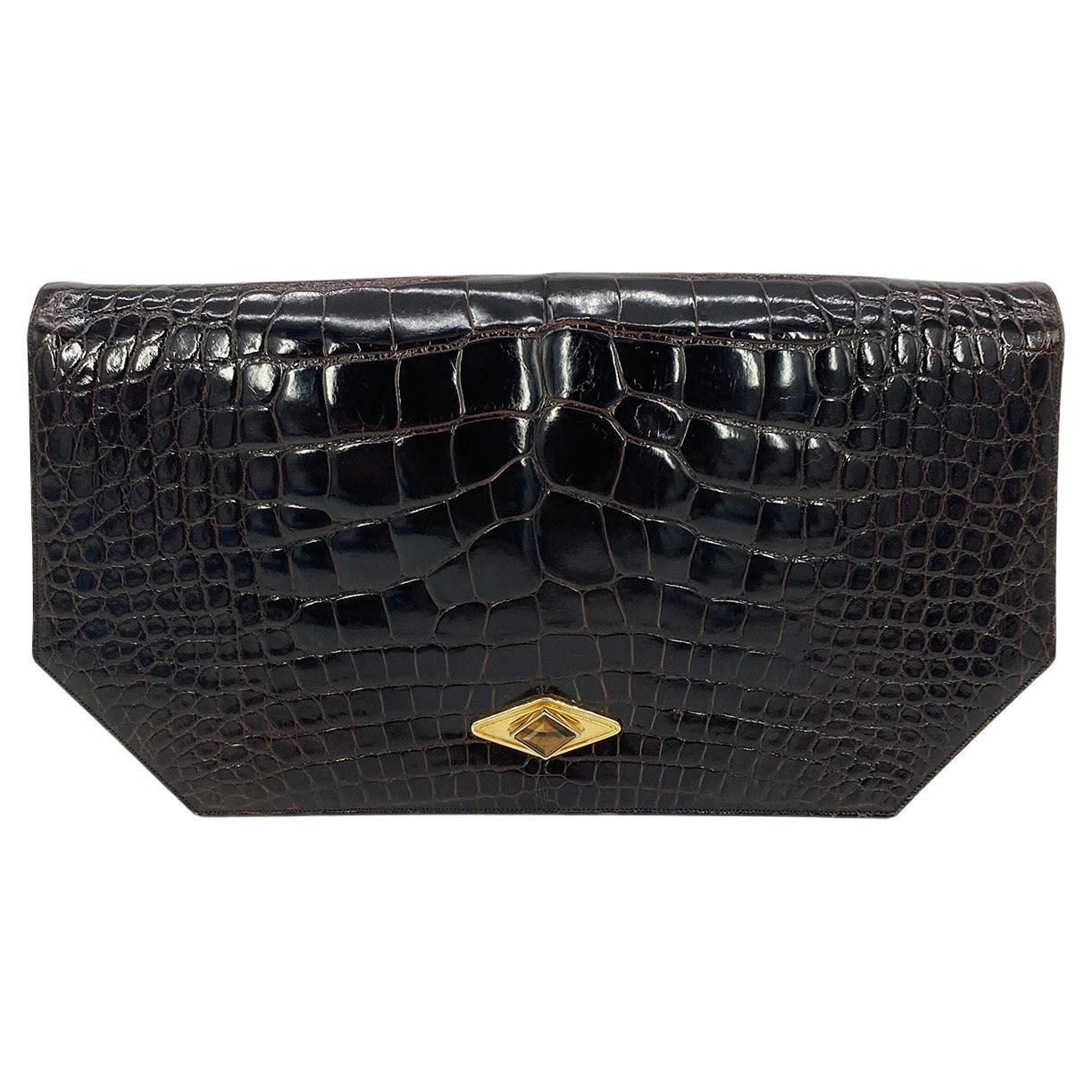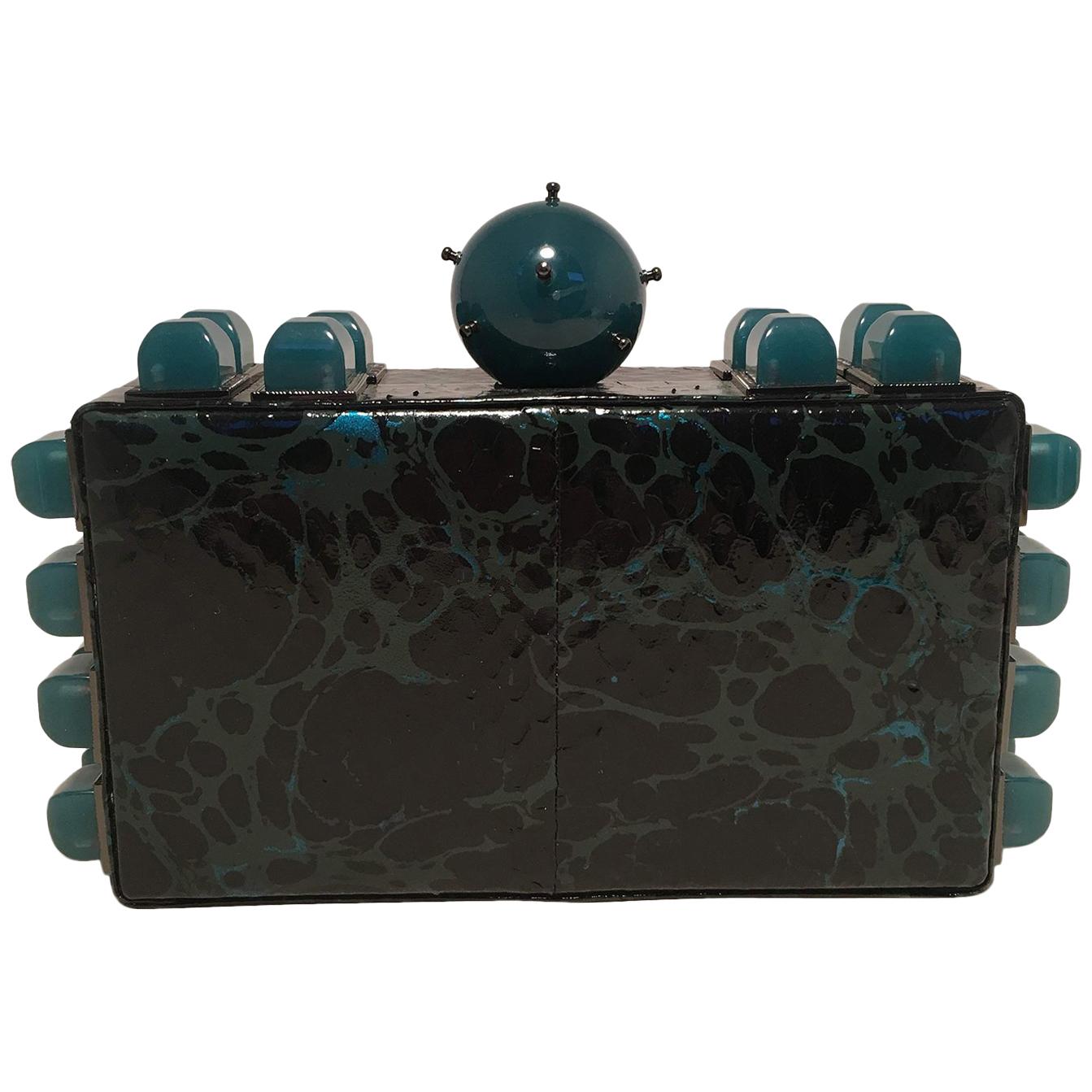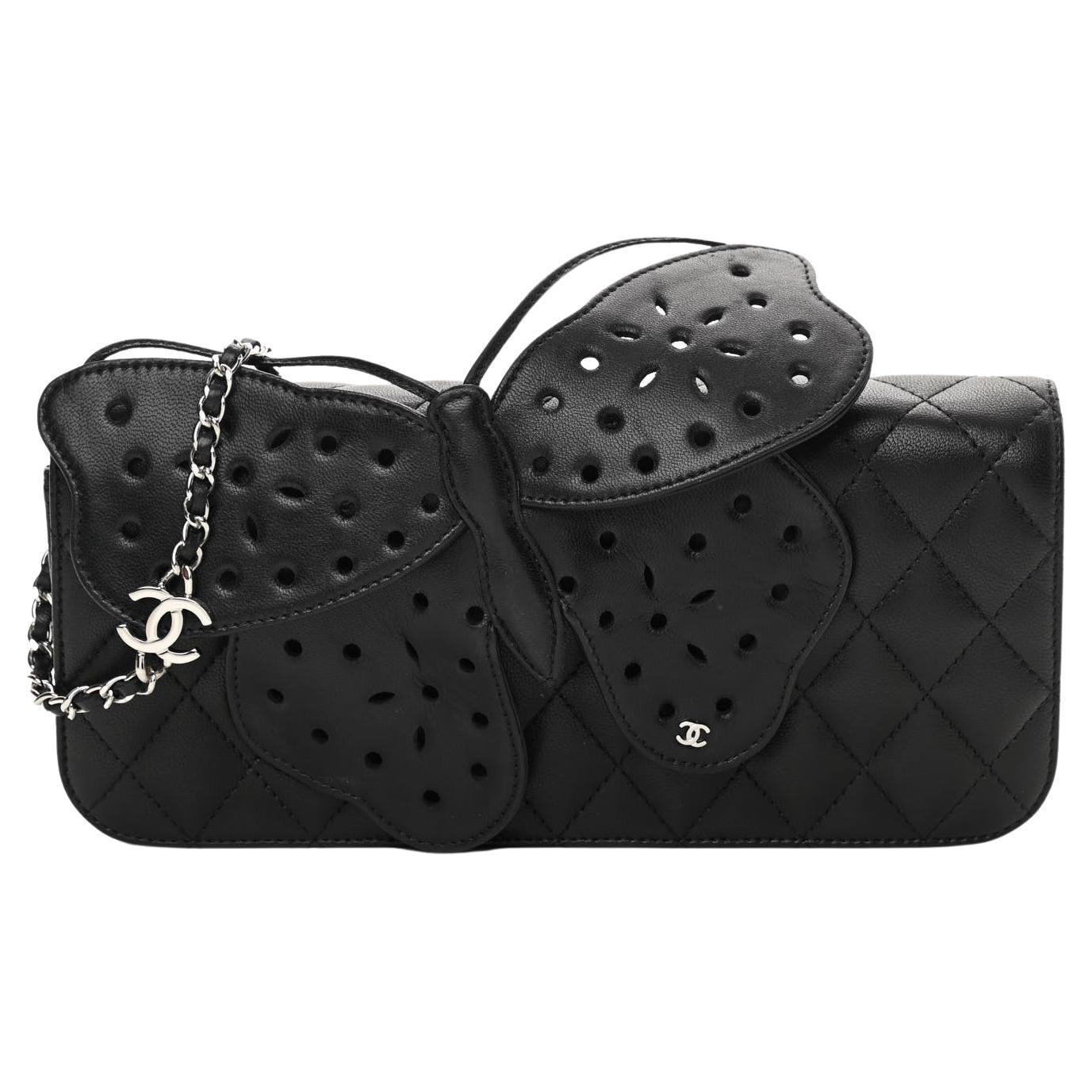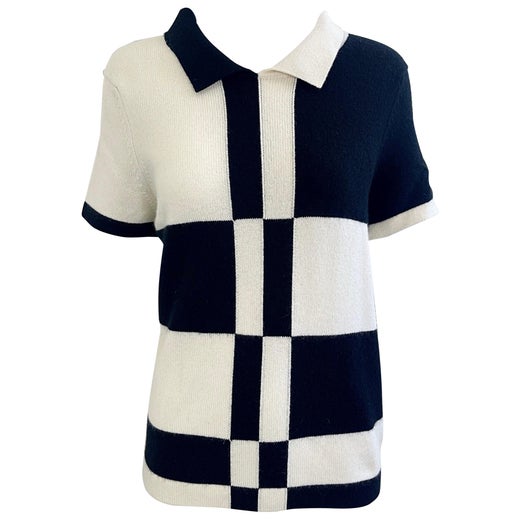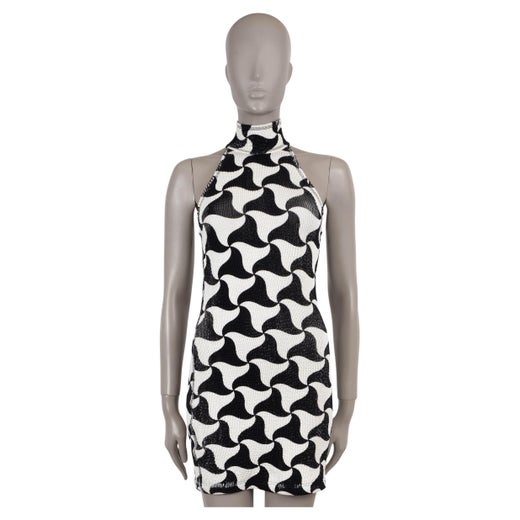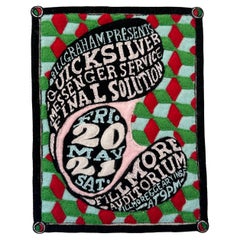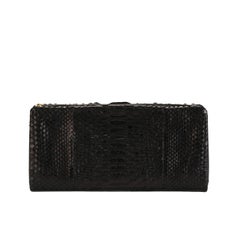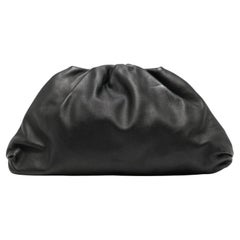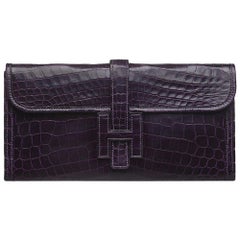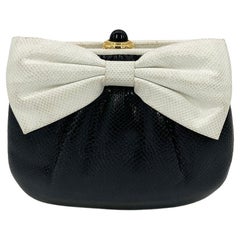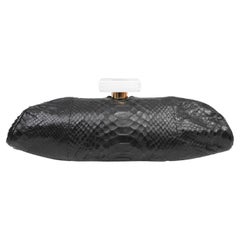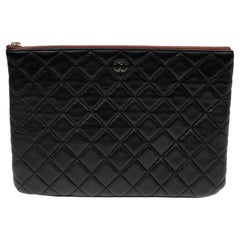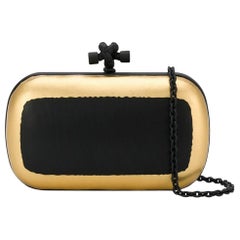
Bottega Veneta Metallic Leather Knot Clutch Bag
View Similar Items
Bottega Veneta Metallic Leather Knot Clutch Bag
About the Item
- Designer:
- Brand:
- Dimensions:Height: 3.94 in (10 cm)Width: 6.7 in (17 cm)Depth: 1.58 in (4 cm)
- Place of Origin:
- Period:
- Condition:Wear consistent with age and use.
- Seller Location:London, GB
- Reference Number:Seller: CSIPBOT161stDibs: LU3368014642
Chanel
In the years following the opening of her modest millinery shop, Gabrielle "Coco" Chanel became a pivotal designer of both fashionable casual wear and Paris haute couture as well as an icon and arbiter of 20th-century style with her bob haircut and pearls. Today vintage Chanel handbags, jackets and evening dresses are among the most sought-after clothing and accessories for fashion lovers all over the world.
The first Chanel shop was established in 1910 in Paris on rue Cambon by the young milliner Gabrielle Chanel (1883–1971), who had picked up the nickname “Coco” while working as a club singer. The boutique drew the attention of the Parisian fashion elite who popularized her wide-brimmed Chanel Modes hats. Soon she added a sportswear store in the Normandy resort town of Deauville, where Coco set the tone for her defining sense of style — traditionally masculine garments reimagined for feminine shapes, made from simple jersey fabric.
Effortless and elegant, Chanel's designs promoted comfort and grace in women’s wear that had been dominated in the previous century by complicated layers of fabric and cumbersome corsets. She followed this success with a couture house, opened in 1915 in Biarritz.
But Chanel was not born into a life of glamour. Following the death of her mother, her father left her in an orphanage where she lived until the age of 18. It was there that she learned to sew as well as appreciate the classic pairing of black and white as worn by the nuns.
In 1926, Chanel introduced her first little black dress, reclaiming a color that had once been reserved for mourning and working-class women. That same decade, she debuted her perfume, Chanel No. 5, as well as the Chanel suit with a fitted skirt, inspired by the boxy lines of men’s clothing and employing a sporty tweed.
Chanel closed her fashion operations during World War II, then returned to the industry in 1954 to design for the functional needs of modern women.
Structure and wearability endured in all of Chanel’s clothing and accessories, like the quilted leather 2.55 handbag — a 1955 update of a 1920s-era design — with its gold-chain shoulder strap that freed up a woman’s hands. The 1957 two-tone slingback pumps had a practical heel height while offering a bold statement in the black tip of the shoes. Her collarless jacket reacted against the constricting styles of Christian Dior's New Look, replacing them with a design that was timeless, an instant classic.
After Coco Chanel died in 1971, the brand underwent several changes in leadership, including fashion designer Karl Lagerfeld, who took over as artistic director in 1983. His collections for Chanel displayed his knack for synthesizing old and new, high and low. Lagerfeld revived Chanel ballet flats and thoroughly embraced the classic logo's interlocking CCs, which took the form of a clasp featured on so many of the rare Chanel bags that are much sought after today.
Vintage Karl Lagerfeld designs for Chanel dresses, coats and other clothing of the 1980s, '90s and 2000s riffed on its iconography, accenting a lexicon of Chanel-isms with tastes of the moment. And as the 1990s have become associated with styles adopted by today’s supermodels and influencers, vintage Chanel bags of the 1990s are among the most prized of the brand’s offerings.
Over the years, the company has continued to innovate, such as expanding into ready-to-wear fashion in 1978 and, in 2002, establishing a subsidiary company — Paraffection — dedicated to preserving the heritage skills of fashion artisan workshops. The House of Chanel still operates its flagship on rue Cambon in Paris, where it all began.
Browse vintage Chanel bags, evening dresses, shoes, jewelry and other clothing and accessories on 1stDibs.
Bottega Veneta
Bottega Veneta has garnered acclaim over the course of its long history for impeccable quality and unassuming elegance. Known for its signature intrecciato weave as well as the overall superb craftsmanship that characterizes its handbags, jackets, shoes and other items, the Italian luxury fashion house is revered all over the world.
Bottega Veneta was launched in 1966 in Vicenza, Italy, by Michele Taddei and Renzo Zengiaro. Its artisans worked to produce by hand what were primarily leather goods, and from the start, the label’s focus on traditional craft techniques became integral to its now-global reputation for exceptional design.
Developed by Bottega Veneta in the late 1960s, the intrecciato weaving technique gives the brand’s bags their suppleness and strength. The northeastern Italian region where the label was founded was largely associated with clothing back then, and sewing machines at the local ateliers weren’t intended to be used with the strong leather with which Bottega’s artisans were working in order to create the house’s coveted bags, wallets and other accessories.
The precise weaving technique, which sees strips of fine leather woven by hand into a durable and robust pattern, was a practical solution. The resulting style has become a Bottega Veneta signature, making products such as its iconic Intrecciato Hobo handbag instantly recognizable.
Zengiaro left Bottega Veneta during the late 1970s, and Taddei then turned the brand over to his ex-wife, Laura Moltedo, and her second husband, Vittorio Moltedo. Designs took on a bolder look and the traditional craft approach was prioritized. The brand found success in the United States and expanded rapidly throughout the 1980s, becoming popular with celebrities and the cultural elite. American artist Andy Warhol often frequented the house’s Manhattan boutique and even made a short film for the company.
As competition increased during the 1990s, Bottega Veneta’s popularity declined. The company began to see an upswing after Gucci, which is owned by luxury group Kering, acquired them in 2001. Tomas Maier was appointed creative director by Gucci’s Tom Ford and worked to return to the understated beginnings that had defined the brand’s design ethos.
Maier’s celebrated Knot clutch, which was based on a 1978-era design and debuted in 2001, was a result of his enthusiasm for pared-back design as well as his efforts to showcase the house’s legacy of meticulous craftsmanship. In 2006, Bottega opened Scuola della Pelletteria to train the next generation of leatherworking artisans.
In 2018, British designer Daniel Lee took the role of creative director and earned a number of awards and accolades for the label. Before he left in 2021, Lee introduced an array of universally lauded designs such as Bottega Veneta Tire boots, the Cassette bag and the Mini Jodie, which is named after actress Jodie Foster. Matthieu Blazy was named creative director in 2021 following a history of design work for Celine, Maison Martin Margiela, Calvin Klein and other brands.
Find vintage Bottega Veneta footwear, accessories and clothing on 1stDibs.
